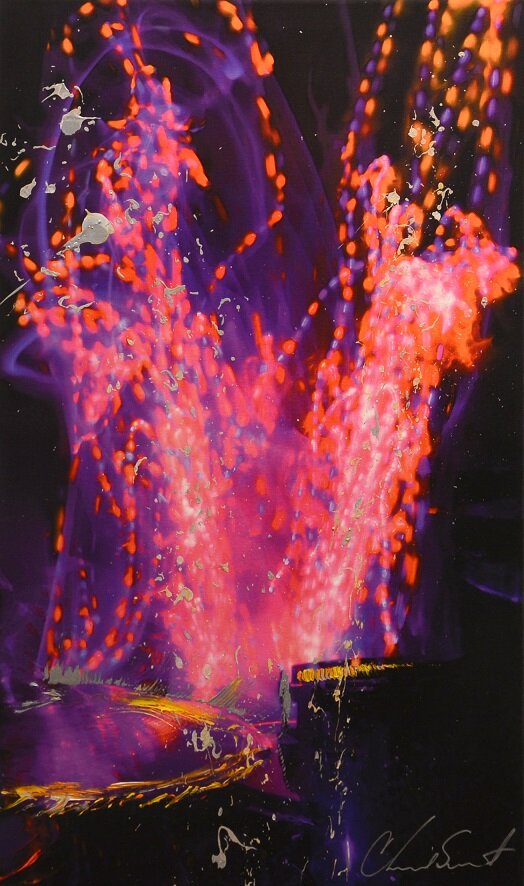Red Hot Artist: Chili Peppers’ Chad Smith Gets an Ocean Galleries Exhibition
“The Zipper”
Chad Smith, who’s been laying down the back beat for the Red Hot Chili Peppers for 33 of the alternative rock band’s 36 years, is hardly the first famous musician to develop a second artistic skill as a visual artist.
He’s in some impressive company: Bob Dylan, Jerry Garcia, John Lennon, Paul McCartney, Ringo Starr, Miles Davis, Ronnie Wood, Graham Nash, Beyonce and Donna Summer are just a small handful of singers and musicians who have expanded their vocal and instrumental skills into a form of visual art that ranges from standard and traditional to innovative and wholly unique.
“This is a fun, new way to express myself,” Smith told Rolling Stone in a rare interview last January before launching an art gallery tour that doesn’t include playing a single version of any of RHCP’s hits.
“If they dig it [or] don’t dig it, that’s OK. I’m not going to get my feelings hurt if a Basquiat aficionado doesn’t like my work.”
Smith is one of the many musical artists who have learned to use their ears to maneuver their fingers over the canvas. That allows him the freedom to use the same hands and fingers that makes him one of rock’s most exciting drummers to help him “hear” the art he’s planning to create.
Although he’s only been creating visual art on a professional level for five years, Smith obviously has the talent to create works of art for which patrons will happily fork over big bucks to have the privilege of hanging his paintings on their walls.
It’s about this time in most stories when we’d begin to work in even more quotes from the artist. But to do that, you’d first have to at least talk to the subject – or trade emails or texts – to get an idea of which direction to take the story.
Unfortunately, that’s not happening with this story. Smith seems like a nice enough guy, especially on video when he’s showing how he creates his works. But he’s quick to clam up when trying to schedule an interview.
Simple explanation: If Chad Smith agrees to an interview about his visual art, he doesn’t want to answer a lot of questions – actually, any questions about his work with RHCP. And his fellow members of the band don’t want him discussing their future musical projects while he’s promoting his art work.
Other than the artistic similarities between music and visual art, one has nothing to do with the other. When Smith first began getting noticed as a legitimate visual artist, he was sought by the media for interviews.
Smith was only too happy to talk about his paintings. But it turned out the more interviews he did, the more questions he kept getting not about his paintings, but about when the Red Hot Chili Peppers were going on tour, or releasing their next album and many other questions about the band, not his art.
So, unless you’re Rolling Stone magazine, chances of landing an interview with Smith isn’t easy.

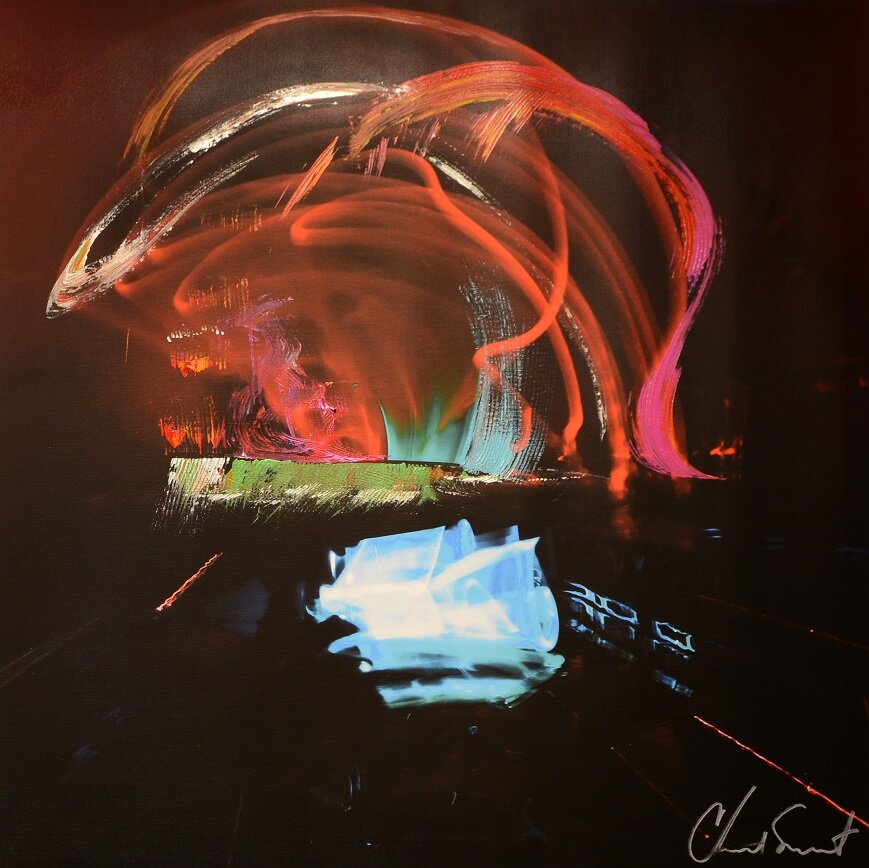

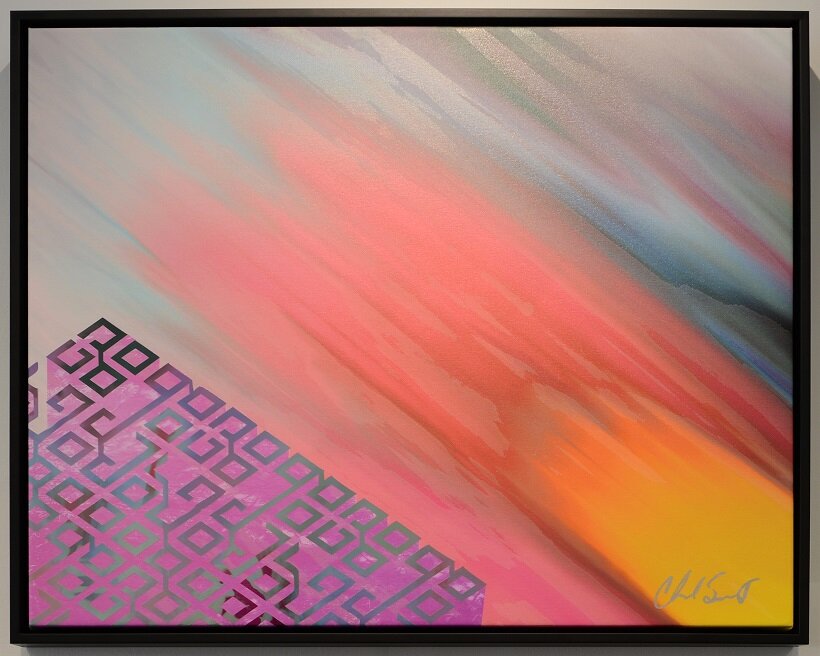

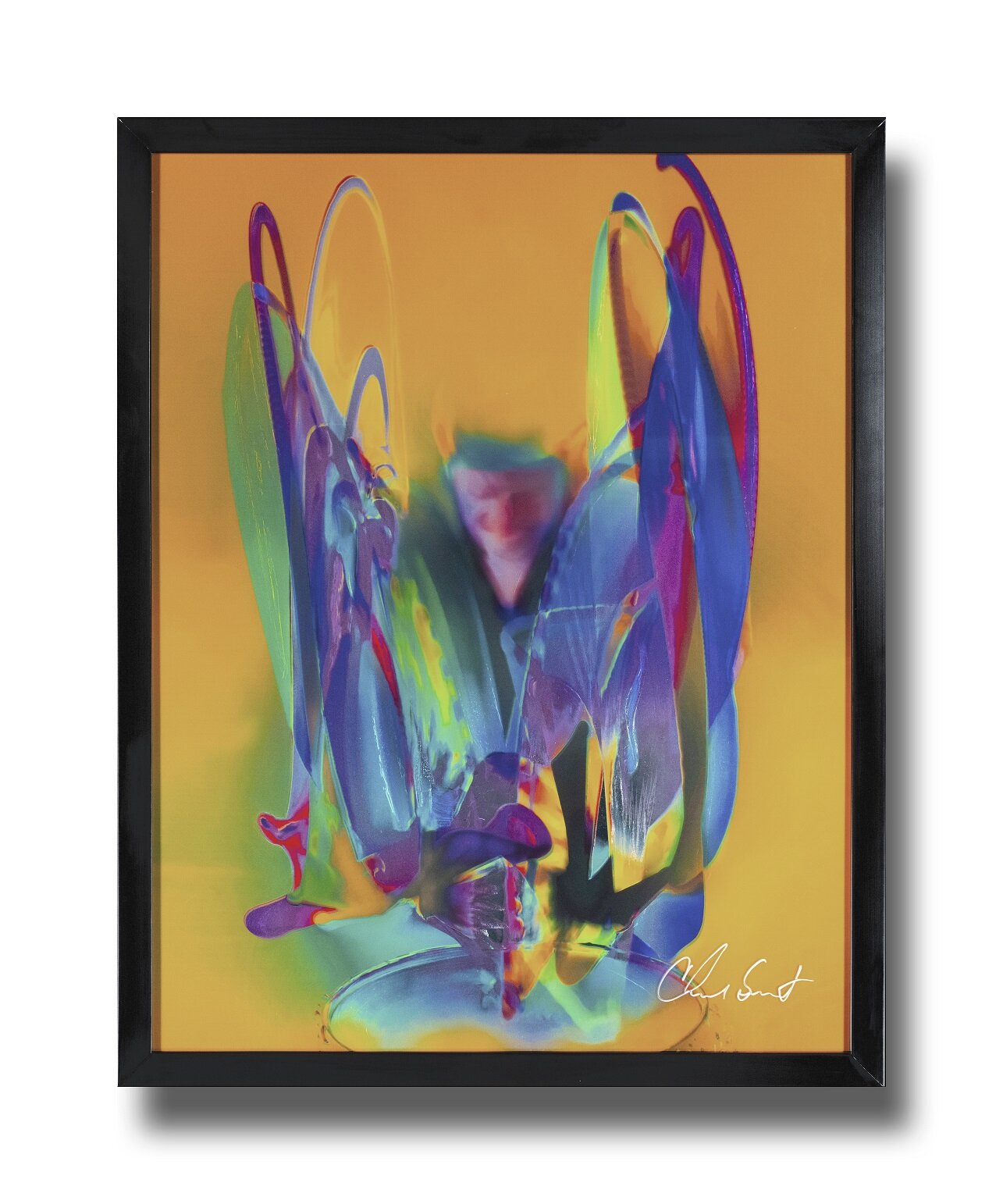
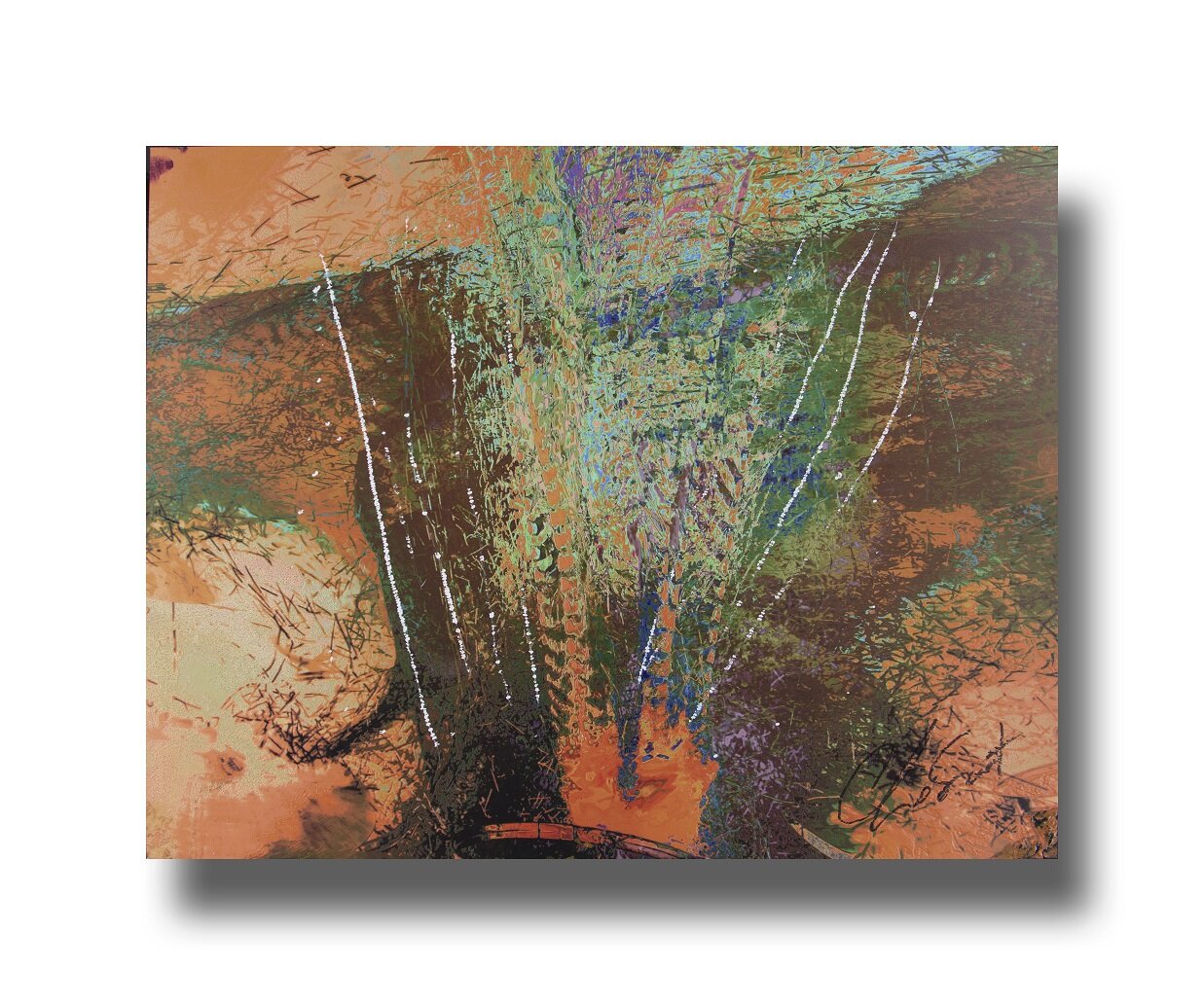
That, in and of itself, might turn off a lot of journalists who would unfairly label him “difficult” just because he doesn’t want to answer questions about RHCP, especially if he’s getting ready for a gallery show of his art.
Just because he plays hard to get when it comes to media interviews is hardly a reflection of his personality and how he treats his fans.
He’s made it clear in the past he prefers drawing a distinct line between his lifelong career as RHCP’s drummer and his separate career as a visual artist.
Smith first became intrigued with visual art five years ago. That’s when the Los Angeles visual-art team known as SceneFour approached the musician. It had previously worked with drummers like Black Sabbath’s Bill Ward, the Grateful Dead’s Mickey Hart, and Slayer’s Dave Lombardo to create eclectic, abstract works that attempted to capture the essence of their music in a visual form.
“I thought their ideas were really interesting,” Smith tells Rolling Stone, adding he never previously considered creating visual art.
“It’s always fun to change and grow and challenge yourself and do something different,” he adds.
Where most visual artists working with watercolors and oils prefer to use brushes to create their paintings, Smith works with a tool he’s been familiar with for most of his life: lighted drum sticks.
The process begins with Smith using his lighted sticks to play his drum kit while the team from SceneFour photographs him.
“They then take the images and manipulate them in different ways,” Smith says. “They use different colors, textures, and depths. I’ll say to them, ‘I like that.’ ‘I don’t like this.’ ‘What if we did this?’ The whole process takes a few months, though I’m not actually there with them and the printers and sheets and everything.”
From the beginning, Smith found SceneFour’s ideas and approach to art “really interesting.”
“It’s always fun to change and grow and challenge yourself and do something different,” he says. “There’s just no rules.”


